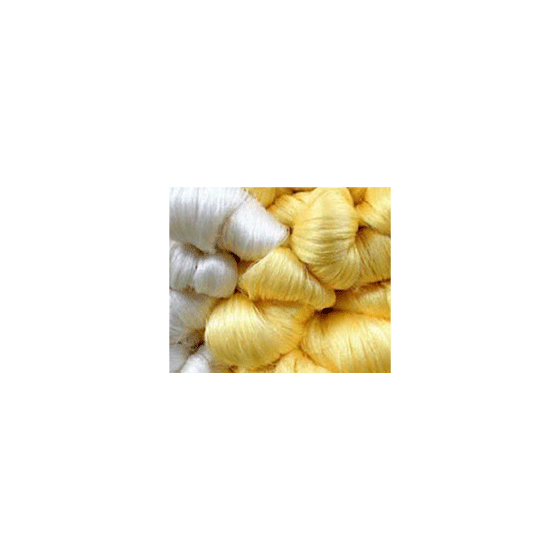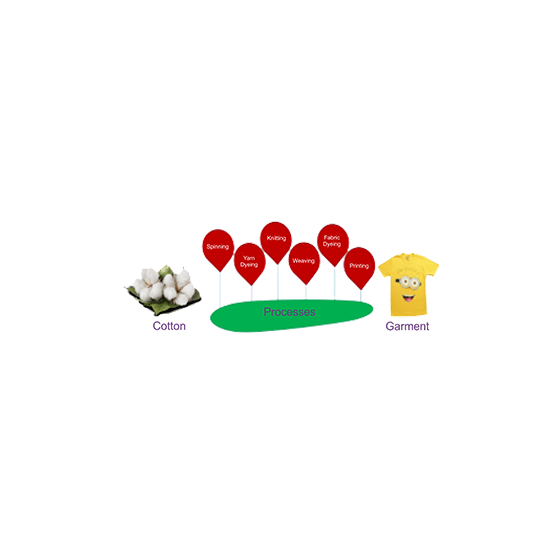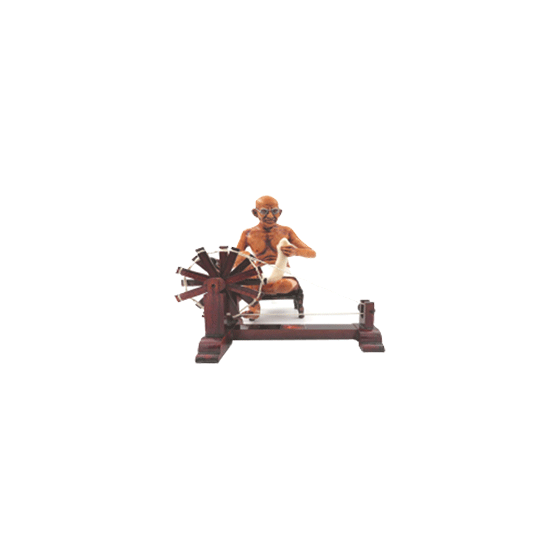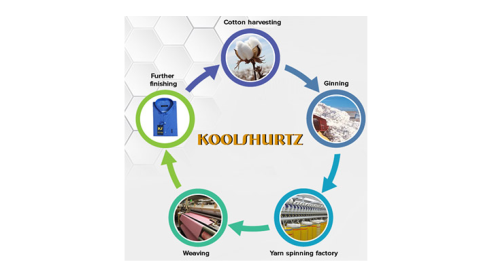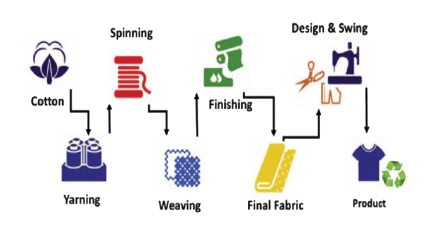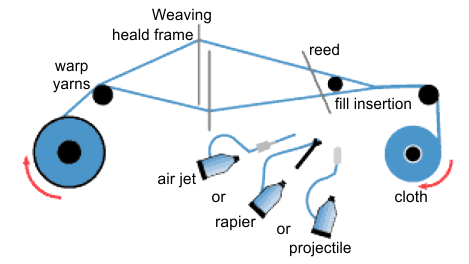Solution for Class 6 Science - NCERT
FAQs on NCERT Exemplar for Class 6 Science Solutions Chapter 3 Fibre to Fabric
1. Is the NCERT Exemplar for Class 6 Science Chapter 3 Fibre to Fabric helpful to the students?
NCERT Exemplar for Class 6 Science Chapter 3 Fibre to Fabric is actually a great asset for the students of class 6. They can not only find all the necessary questions in it but also the solutions, with the help of Vedantu. Students can also gather a good understanding which will help them thoroughly at the time of their tests and exams. These have some of the questions framed in a fun way that makes it very easy to retain all the information.
2. Is it a good idea to use the Class 6 Science NCERT Exemplar for Chapter 3 Fibre to Fabric as a practice?
When we talk about passing the Science exams in class 6, it becomes very important that the students are well versed in their studies. Now as one of the most important chapters, Fibre to Fabric has to be given enough attention if a student wants to pass the questions related to it. So, it is actually a good idea to go for chapter-wise learning for the subject that can enable one to have an understanding of each chapter one by one.
3. Does the Class 6 Science NCERT Exemplar for Chapter 3 Fibre to Fabric contain any objective questions?
Students can find a variety of questions in a class 6 Exemplar for the third chapter - Fibre to Fabric. It is full of questions from only this particular chapter that can help the students of this class greatly in understanding and reviewing the chapter. Both types of questions can be found. One will come across objective questions as well in these. They can be in the form of Multiple Choice Questions, Fill In The Blanks, and many more.
4. How can the students of class 6 thoroughly prepare for the various Science chapters?
When it comes to a subject like Science, the students are required to do their best in order to pass their exams. And by best, we mean they must study harder and smarter using a variety of sources. The best way yet is the one where they take up each chapter one by one and ensure they learn it all by heart. In a way of helping them do just that, there are NCERT Exemplars available for class 6 which can help and prepare the students for each and every chapter.
5. Which platform is the best for downloading study material online?
Vedantu offers a very quick service in terms of letting the students download all the online material they need for the sake of their studies. The platform is one that has a large number of PDFs that one can find as per their syllabus. These are all well-equipped with solutions as well. The students of class 6 can take notes and learn from and try to write just like that to get the scores they require to excel in the subject.


















